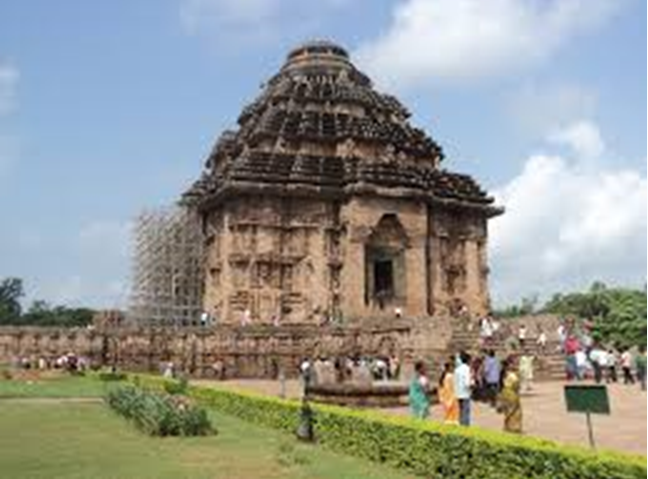Introduction:
Generally, the period of Hindu Architecture in India is taken to fall between the Forth and Sixteen Century A.D. This age is generally given the credit of establishing the art of additive and therefore sculpture construction and of precipitating ARCH. COMPOSITION. Due to overall concentration of this age on the religious aspect, the most important and prominent building type developed was “Temple”. The evolution of planning percepts and visual form of the Temple was historically contributed to by different schools, viz. Gupta, Chalukyan, Dravidian, Indo-Aryan or Nagar and Sister Schools-Jain.
From Seventh Century onwards, two styles van be distinctly emerging in Temple Construction i.e. Northern/Indo Aryan and Dravidian.
Northern/Indo Aryan and Jain
- Not confined to the restricted area but spread over large part of the Northern portion of Indian Sub-continent.
- Unlike Dravidian style; cannot be dealt with dynastically due to very wide distribution. Hence Temple development had been traced regionally and as such has been divided into Six periods.
- Orissa
- Khajuraho Group
- Rajputana and Central India
- Gujrat and the West
- Deccan
- Gwalior and Brindaban


